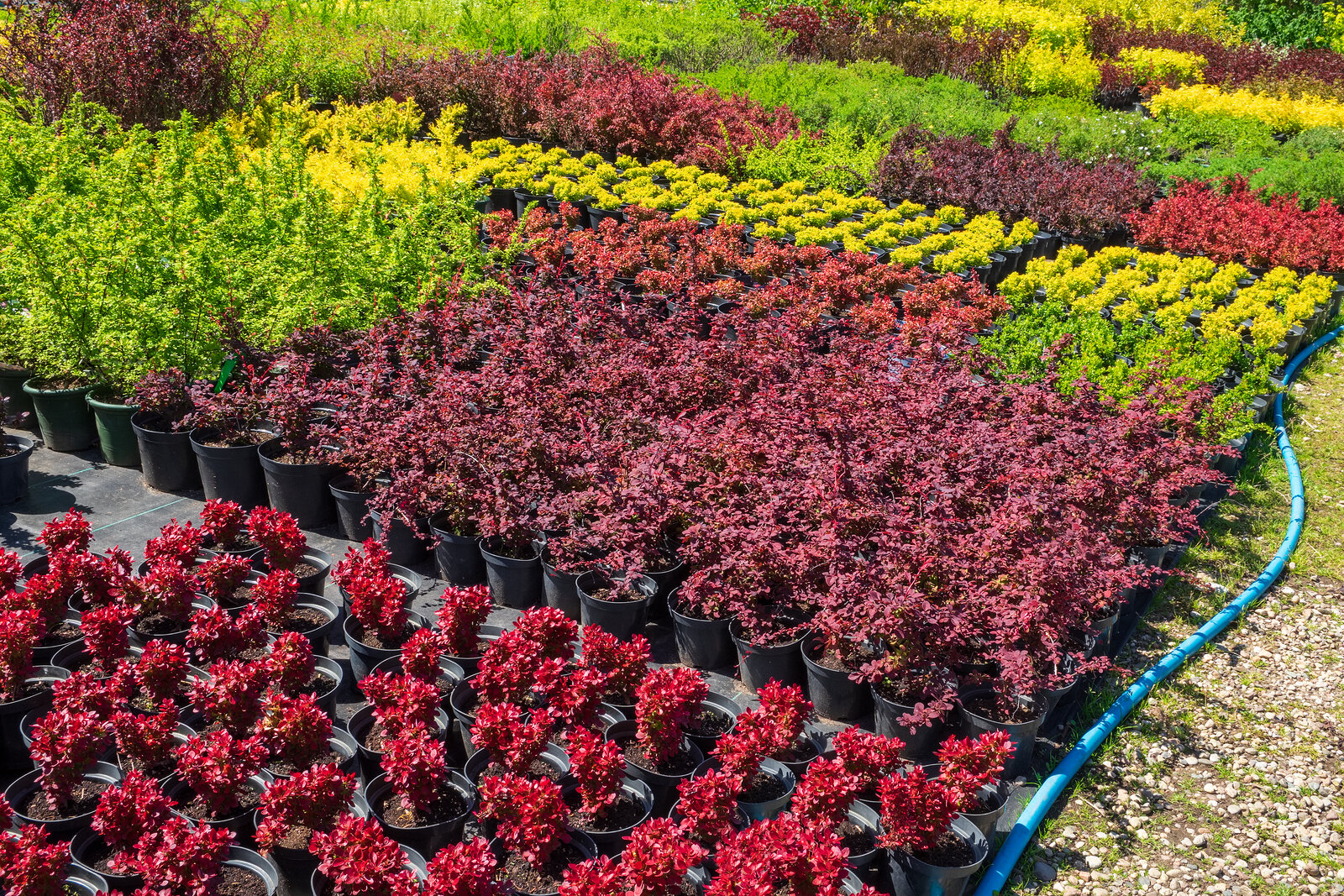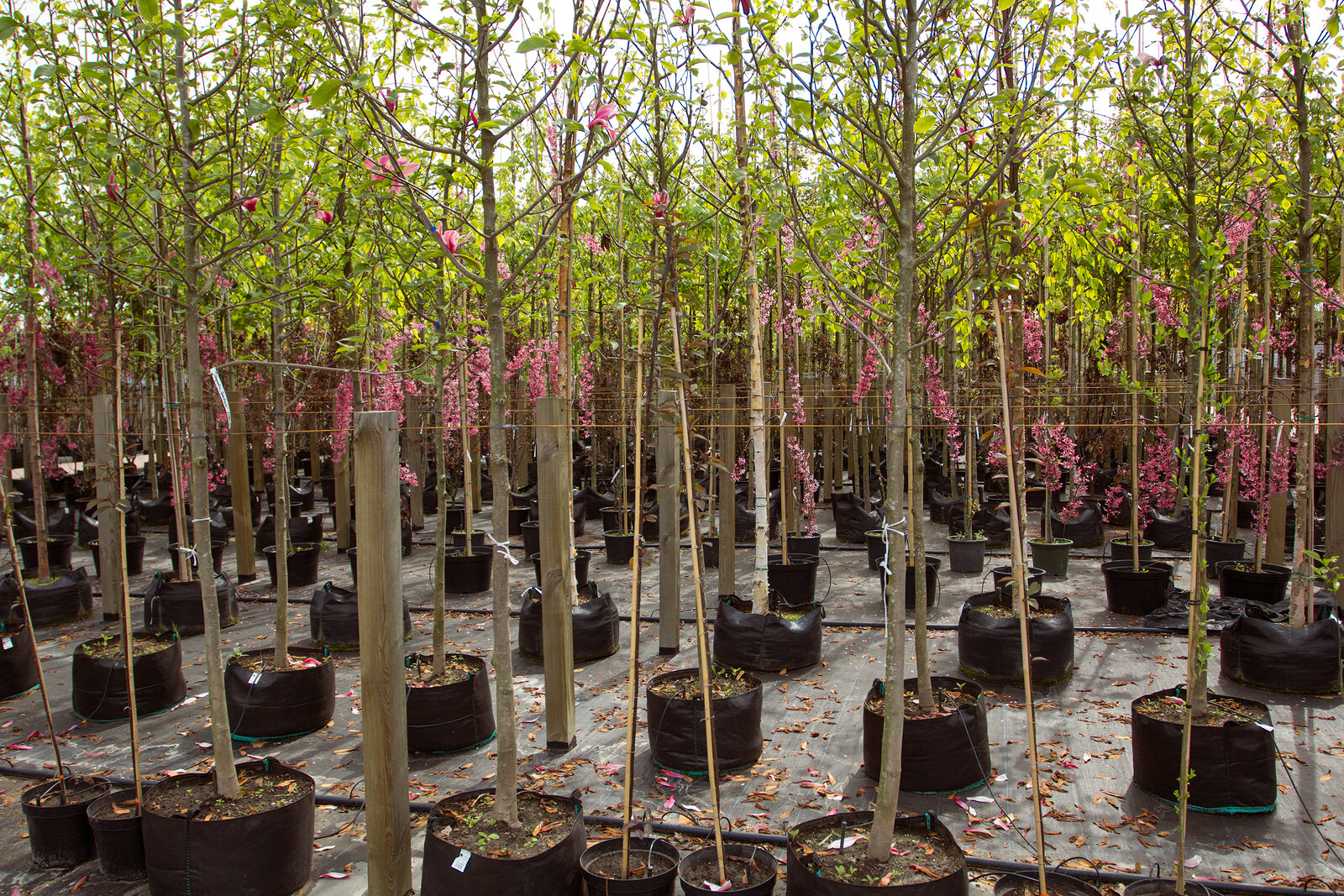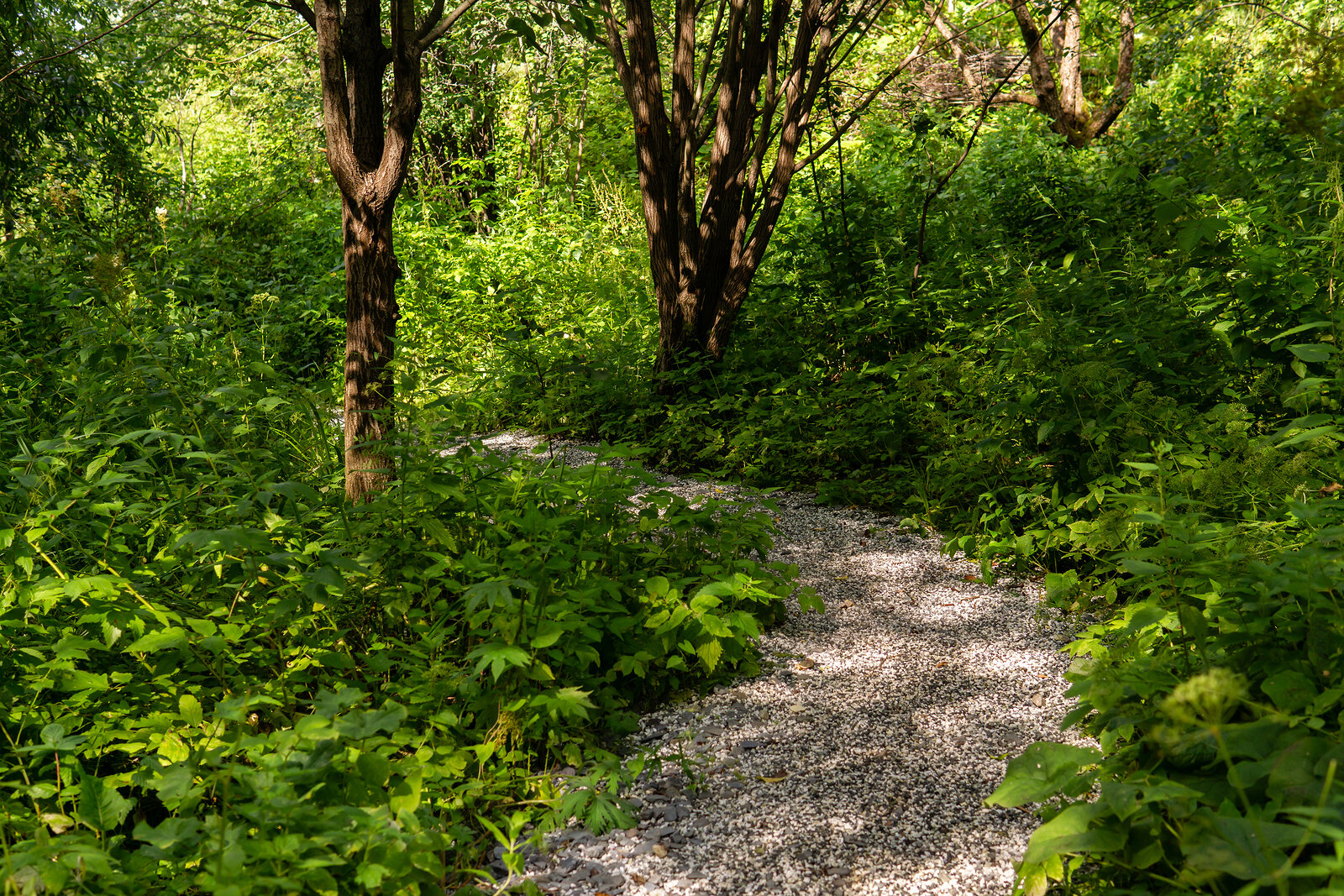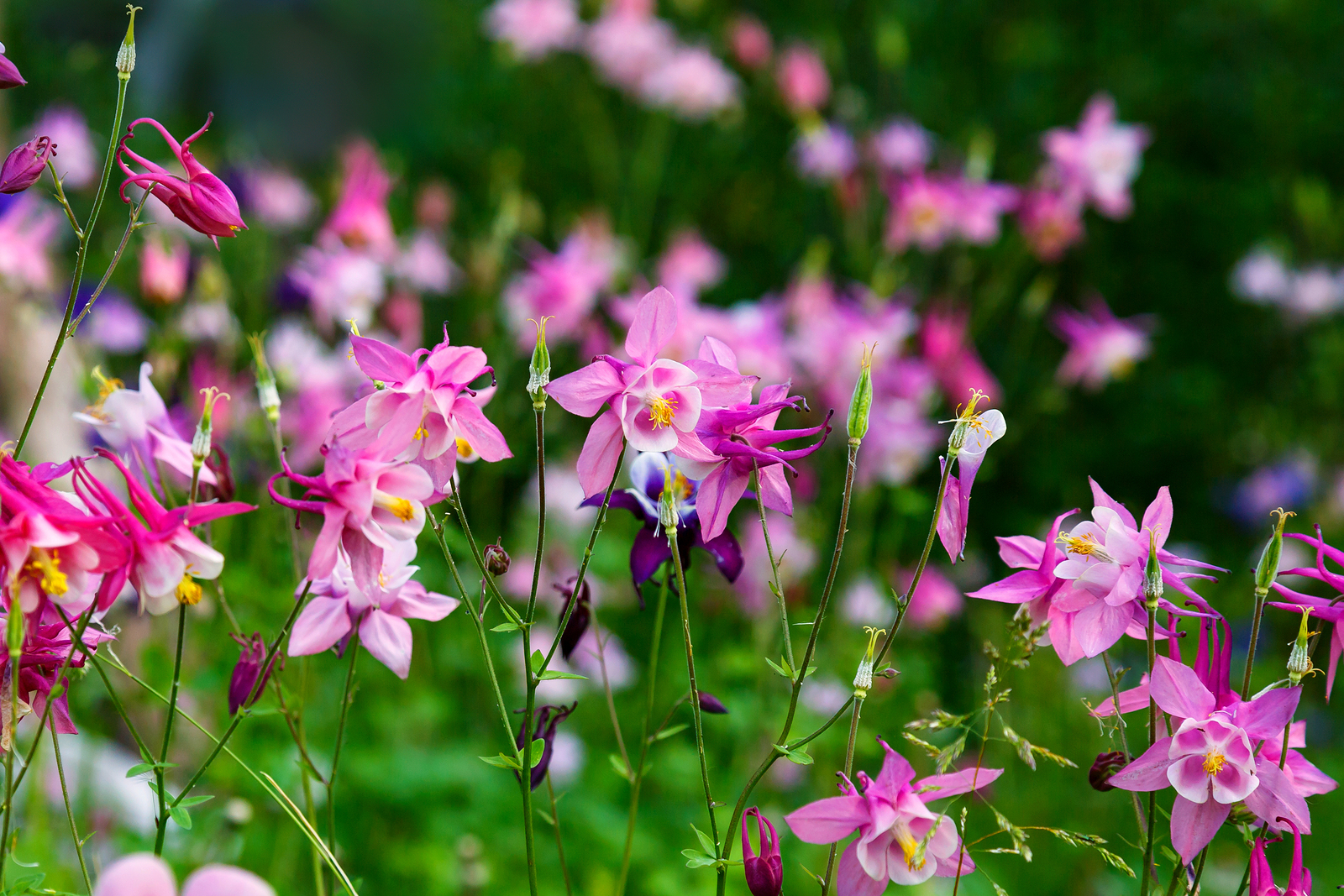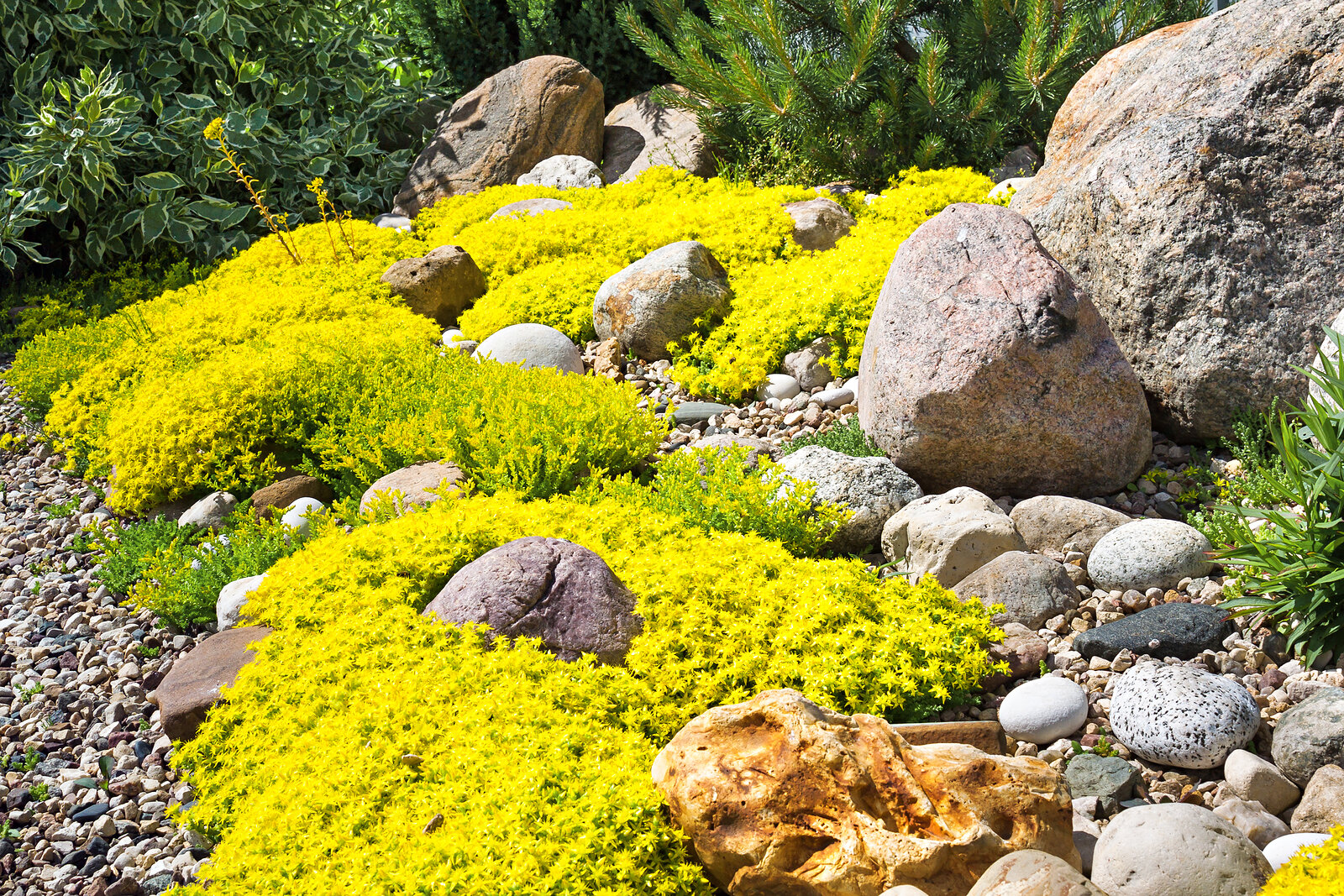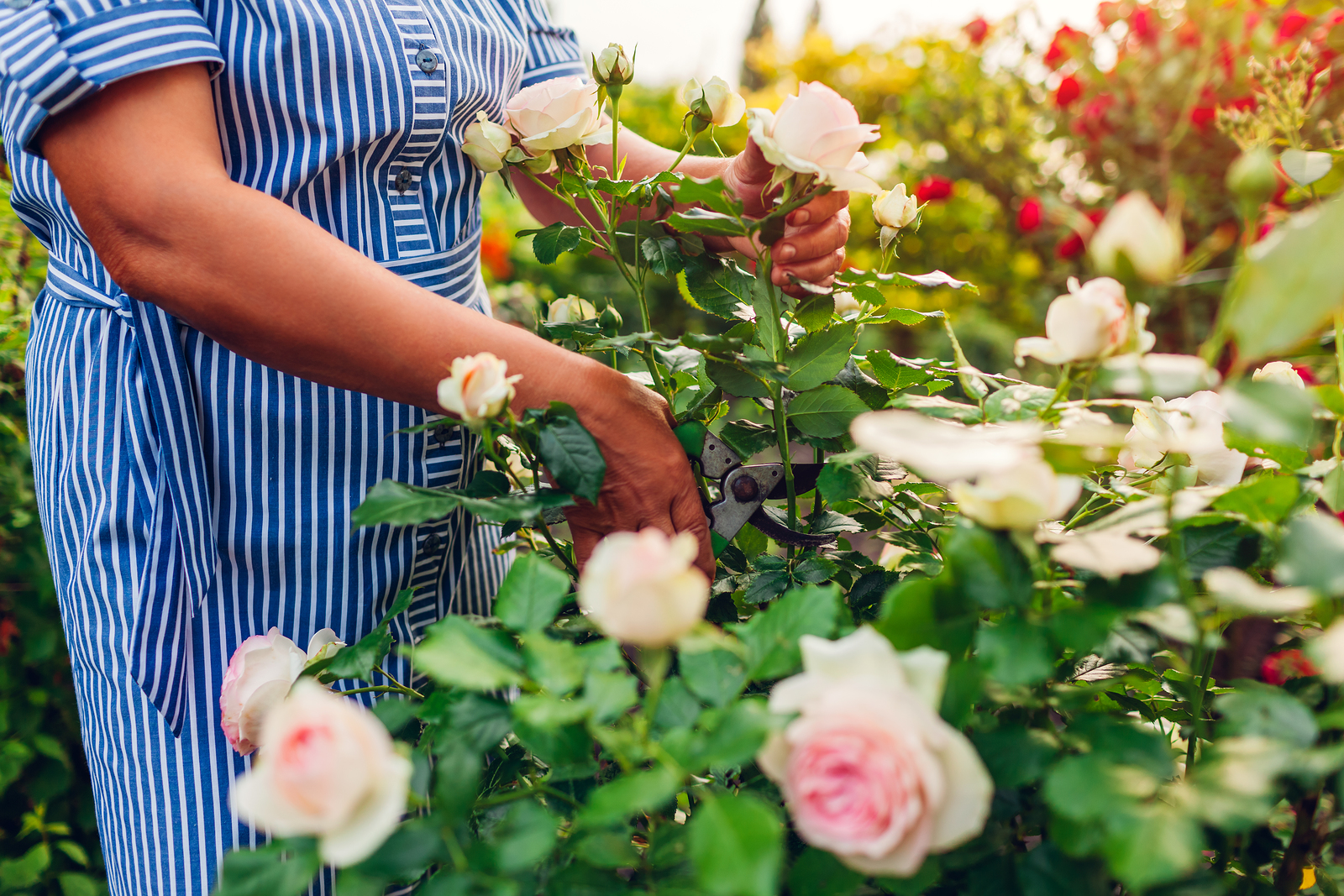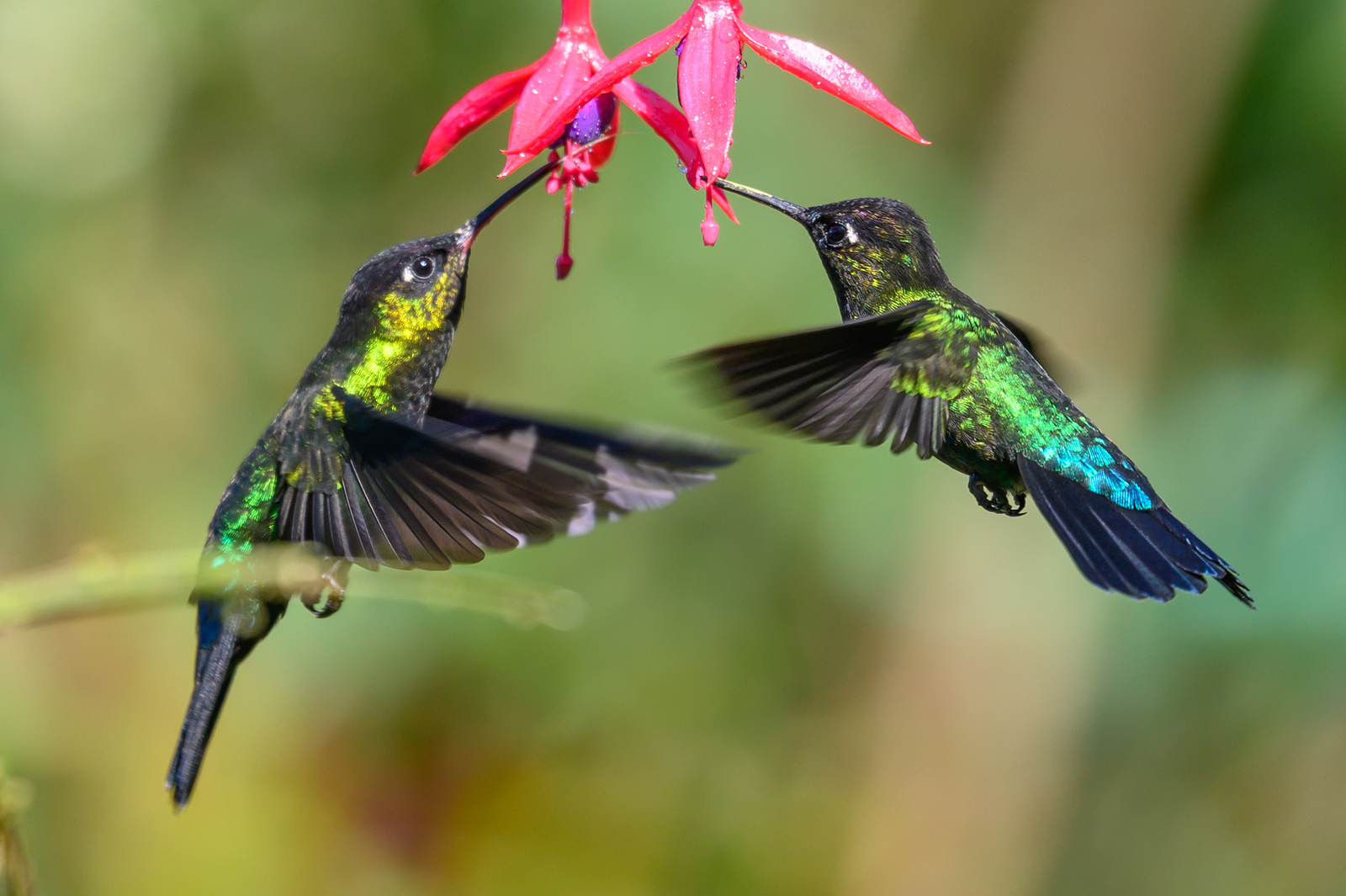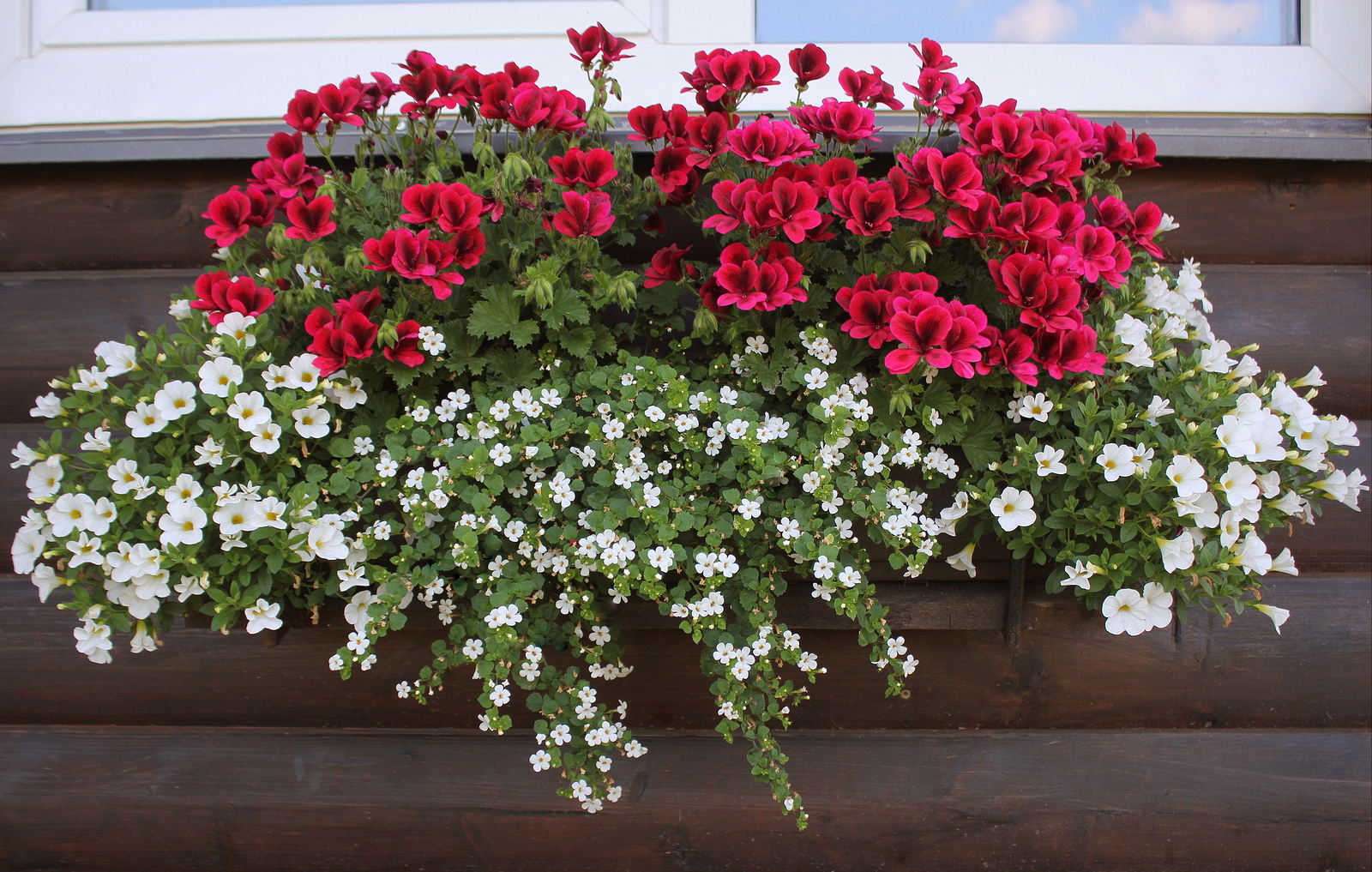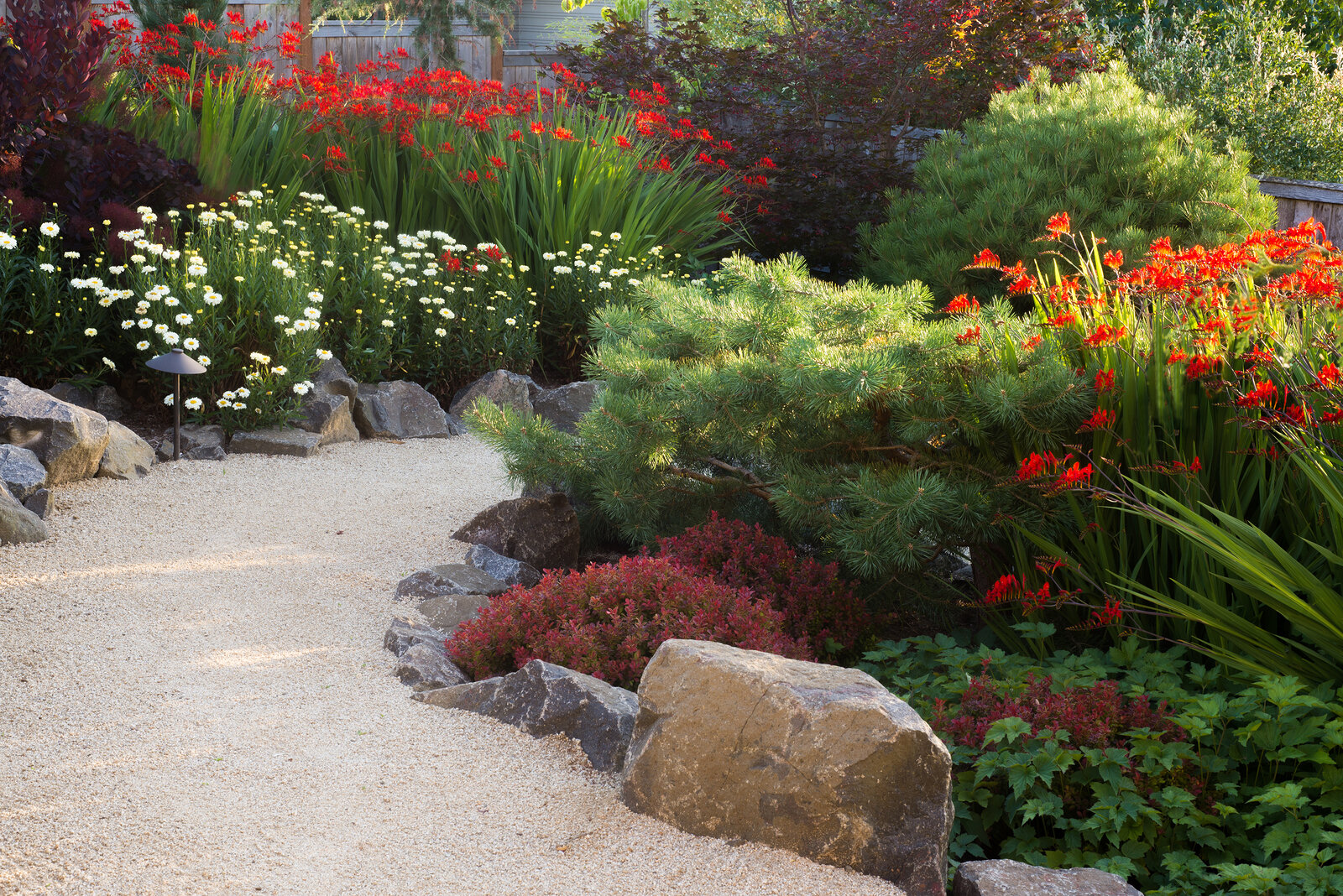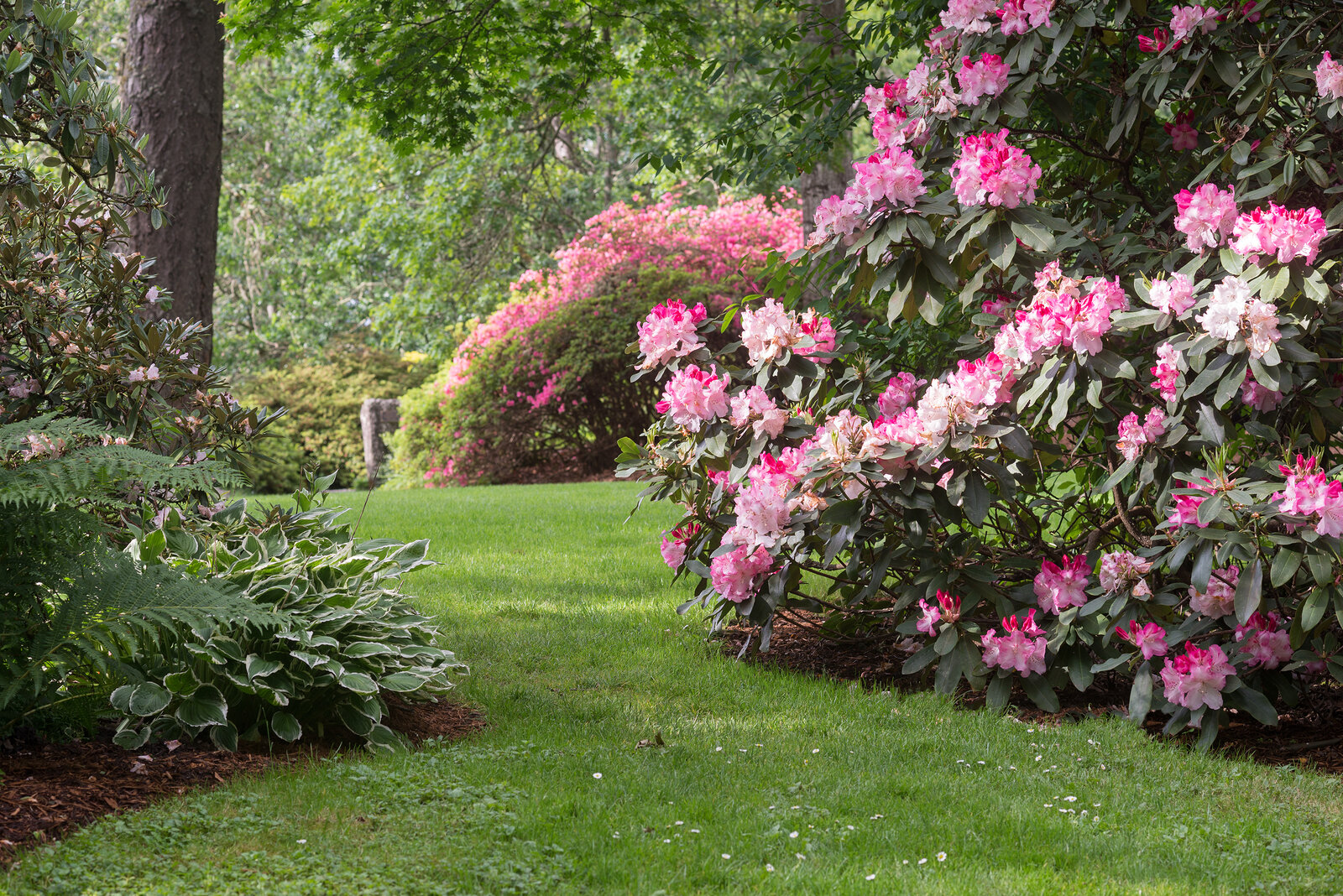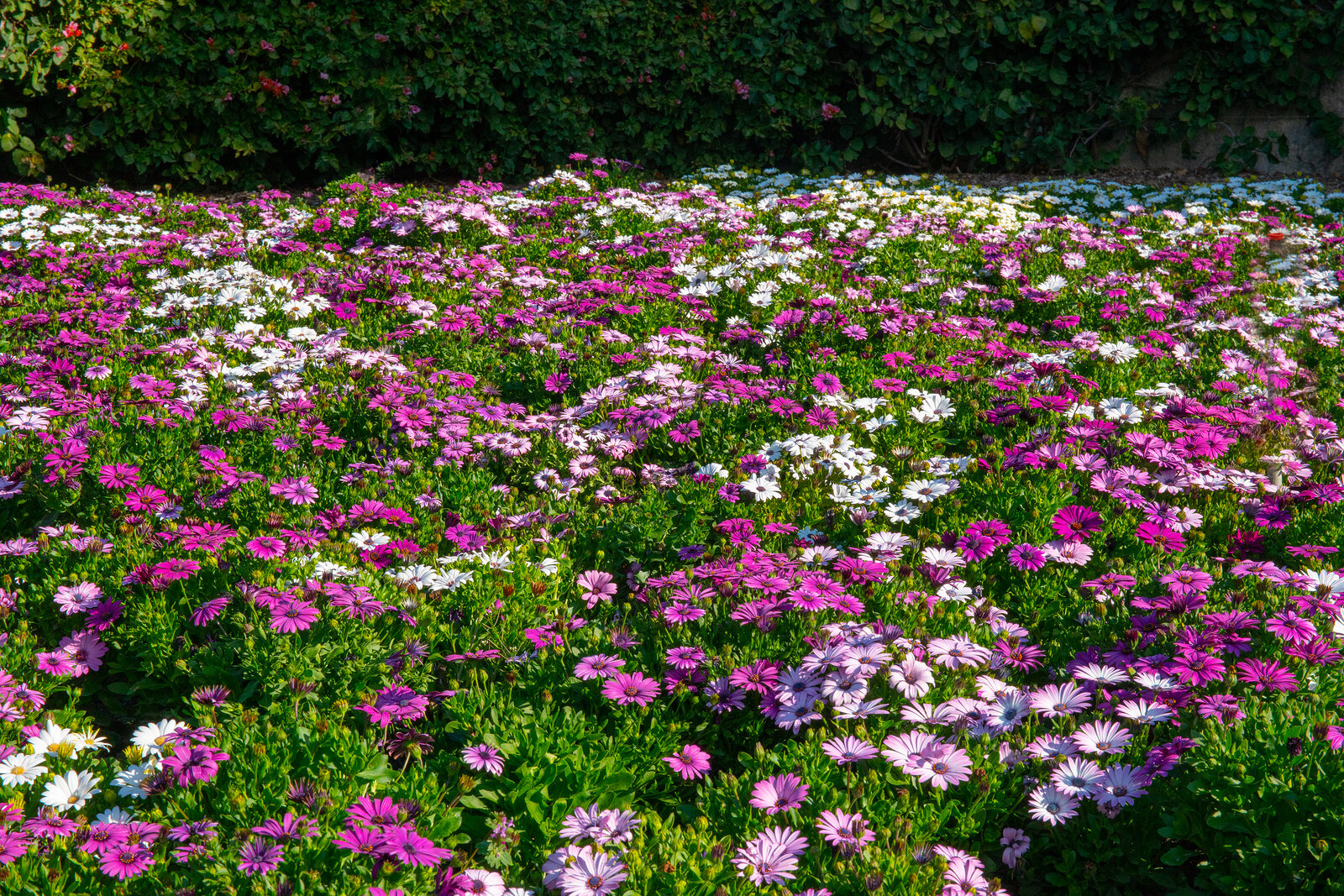How to Plant a Shrub
Shrubs add shape and structure to a garden. Most are also decorative—colorful or evergreen foliage, colorful and often fragrant flowers, fruits, and shapely stems. Shrubs stay a long time in the garden so it’s important to choose shrubs that have the form and size needed when mature. Know the eventual height and spread of a […] More

